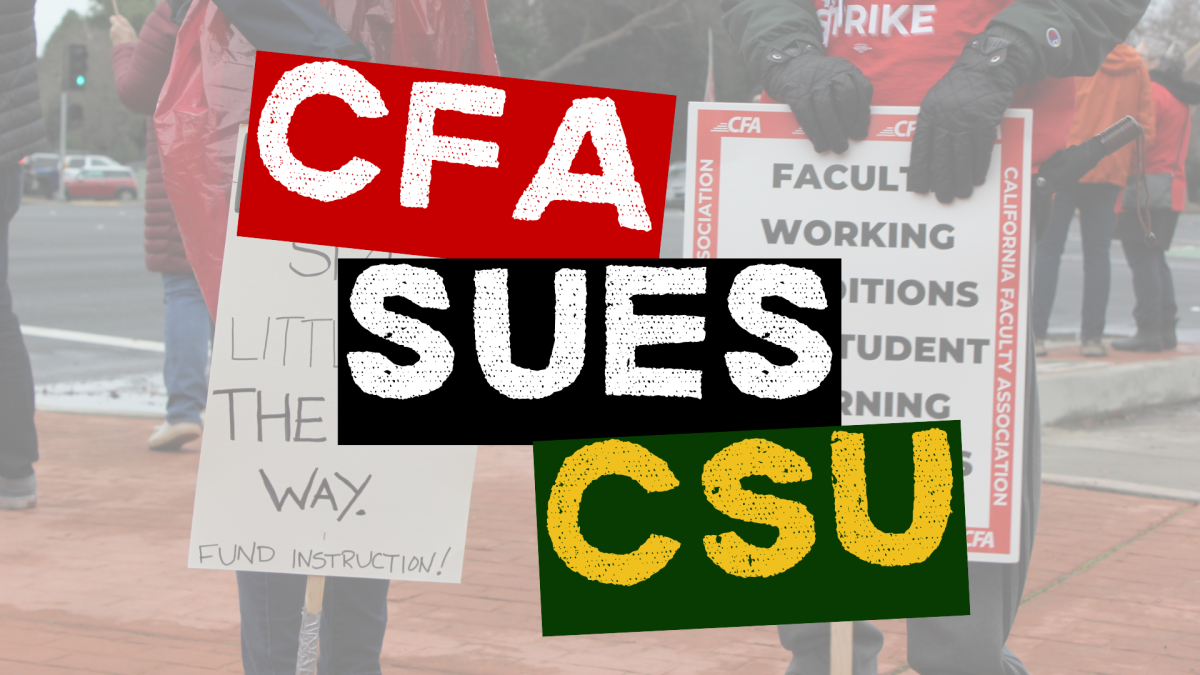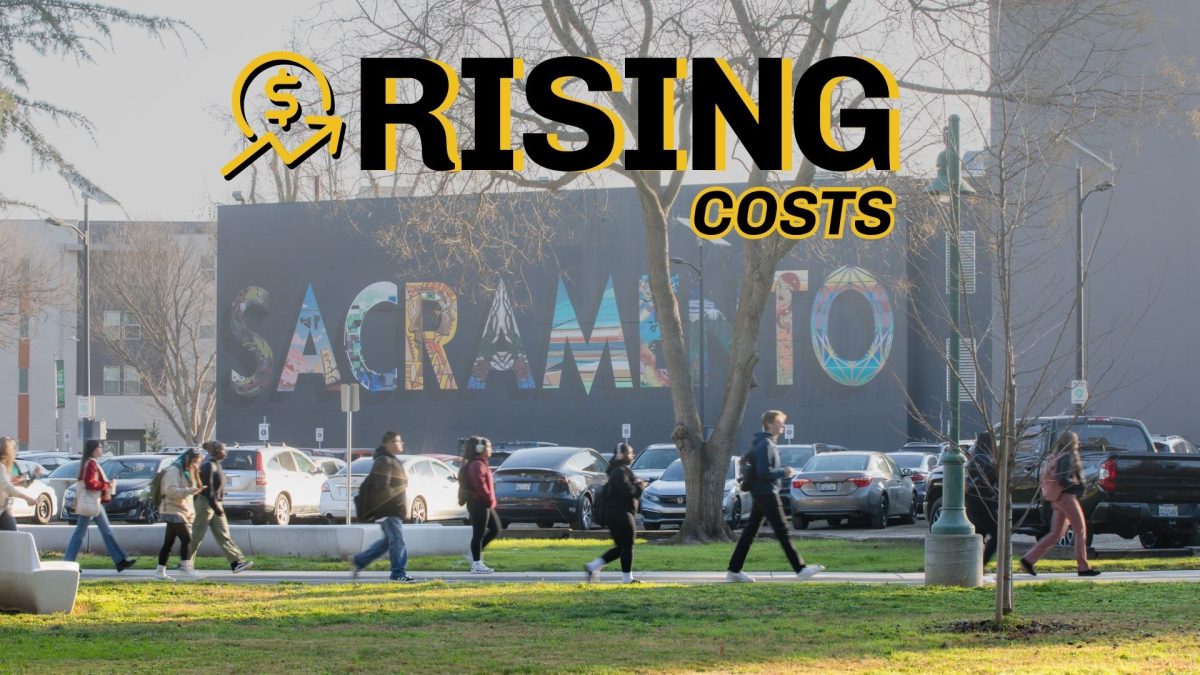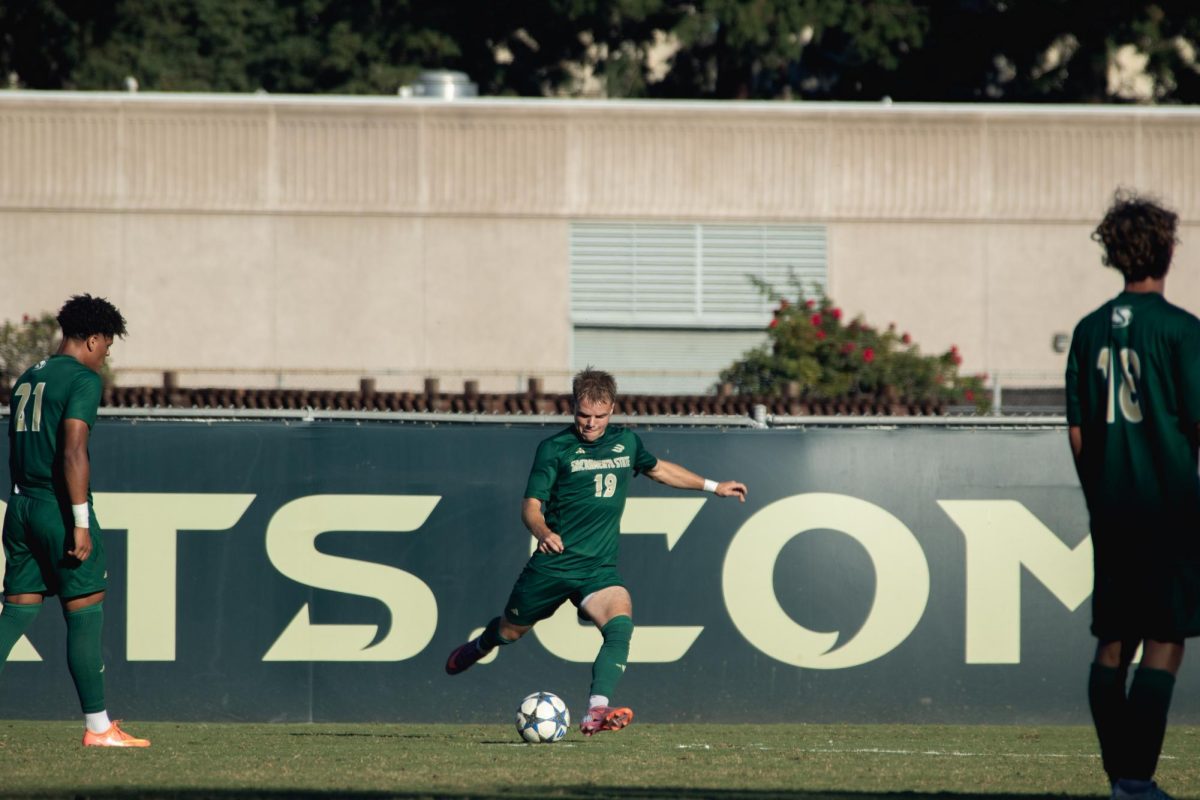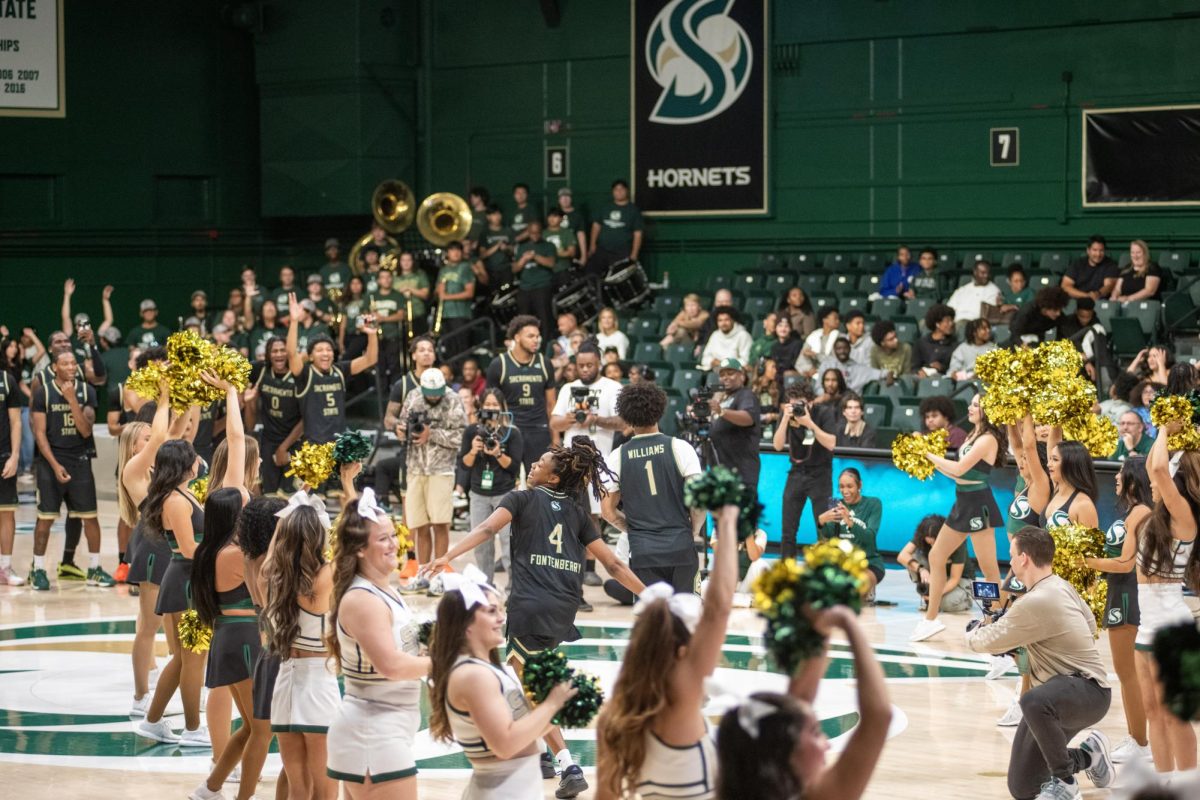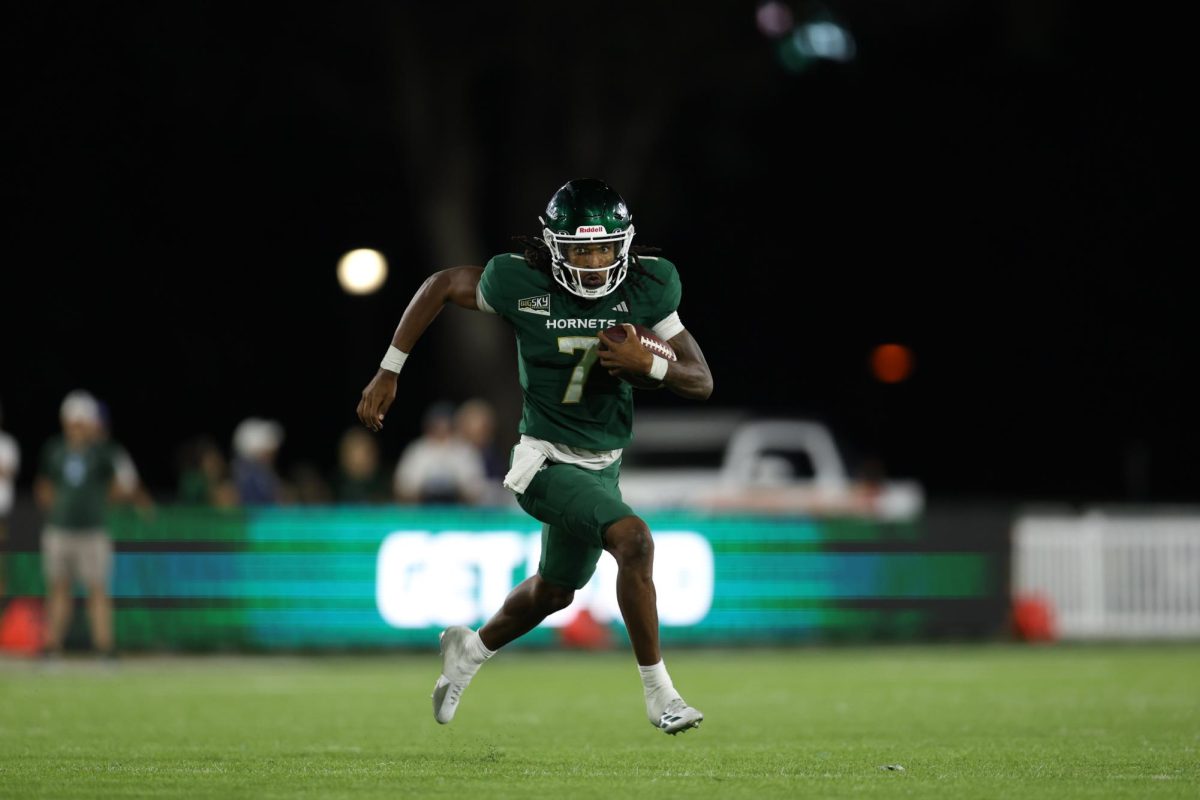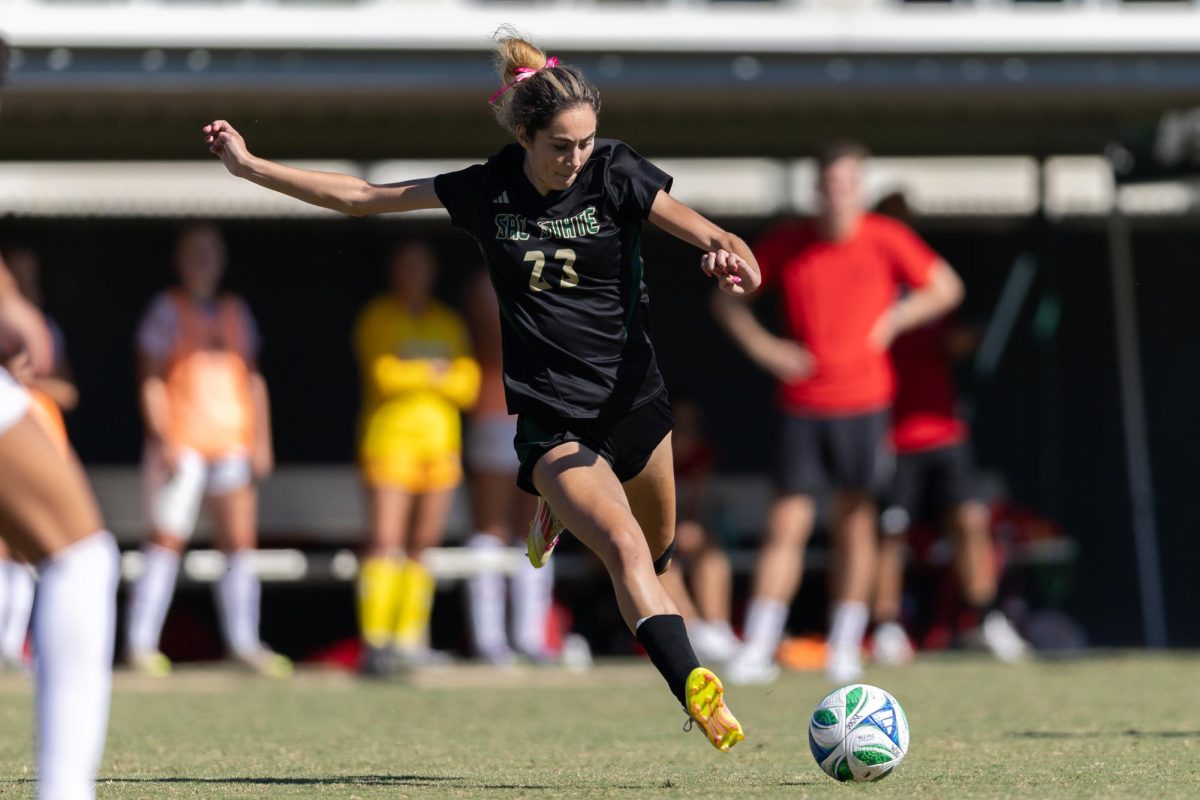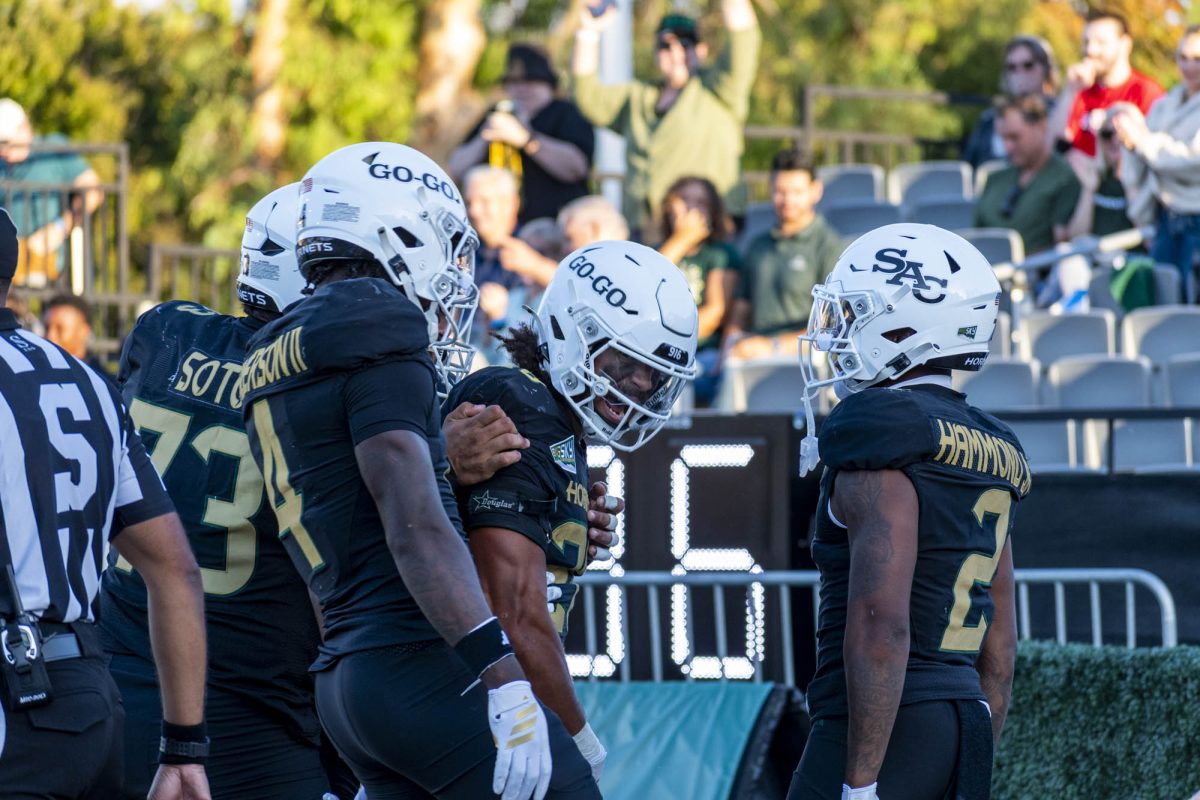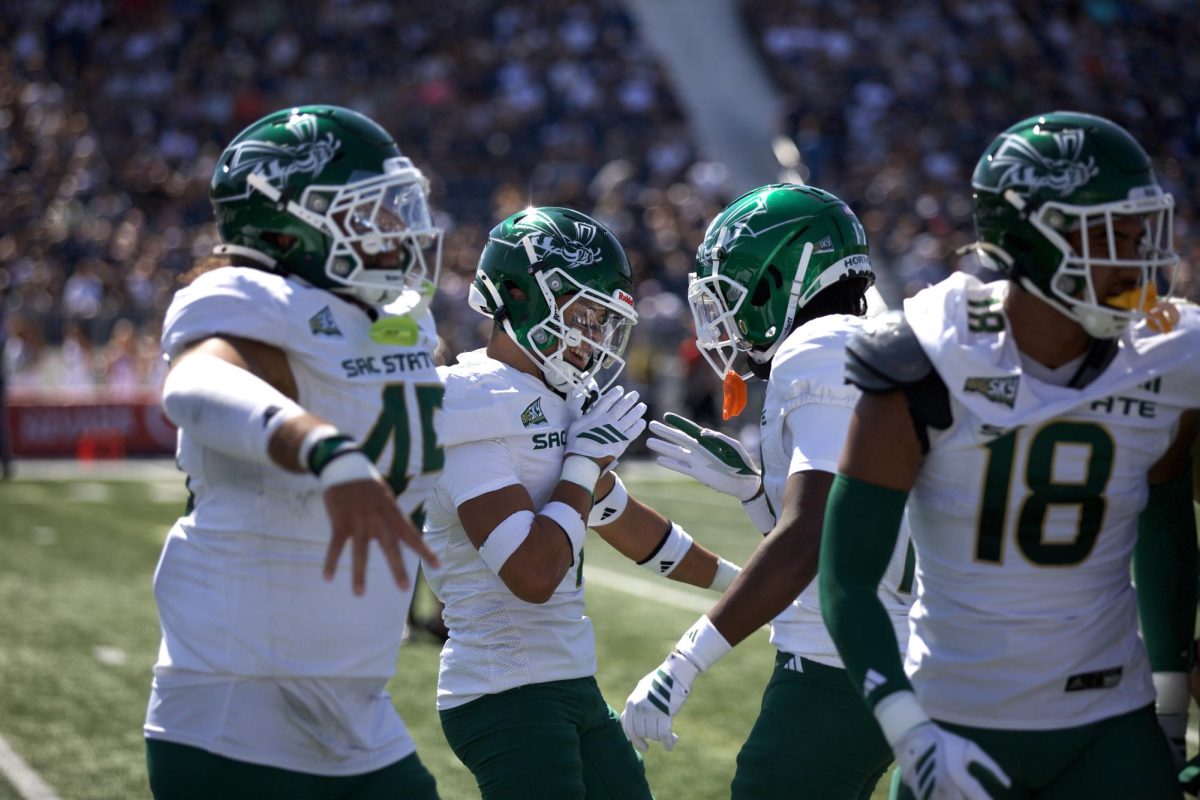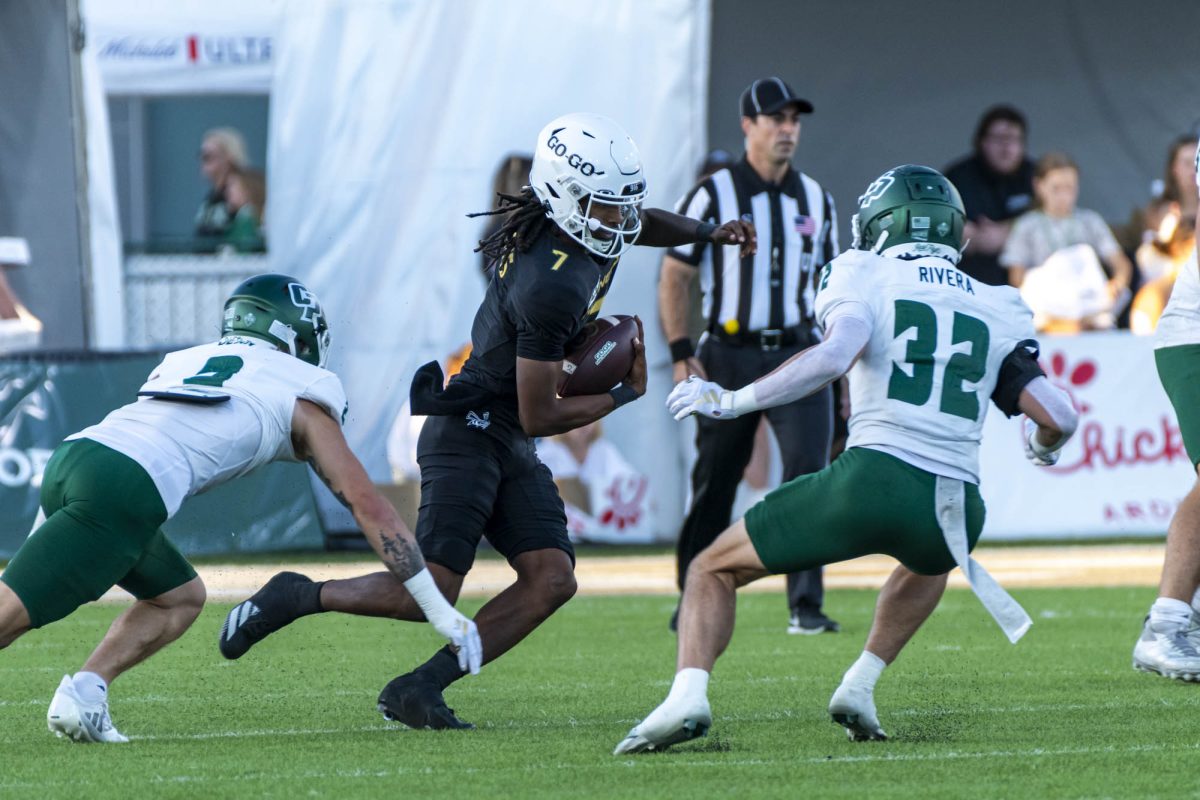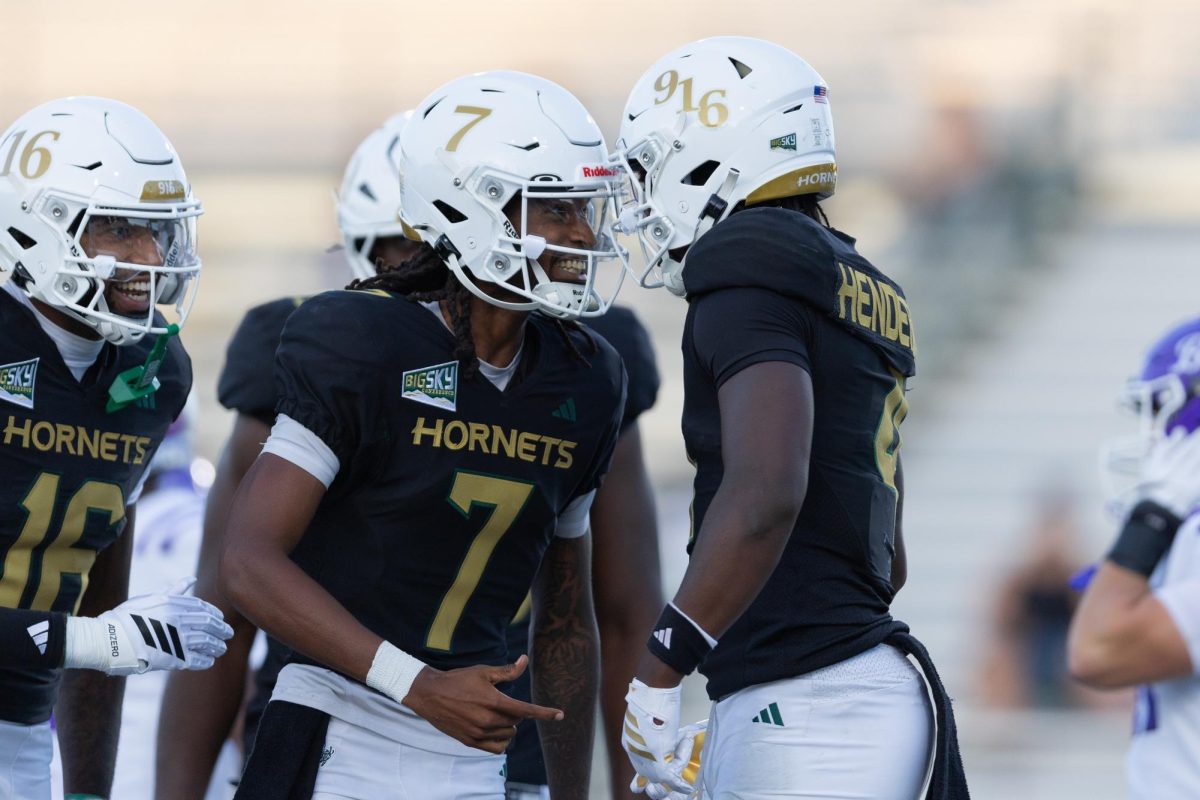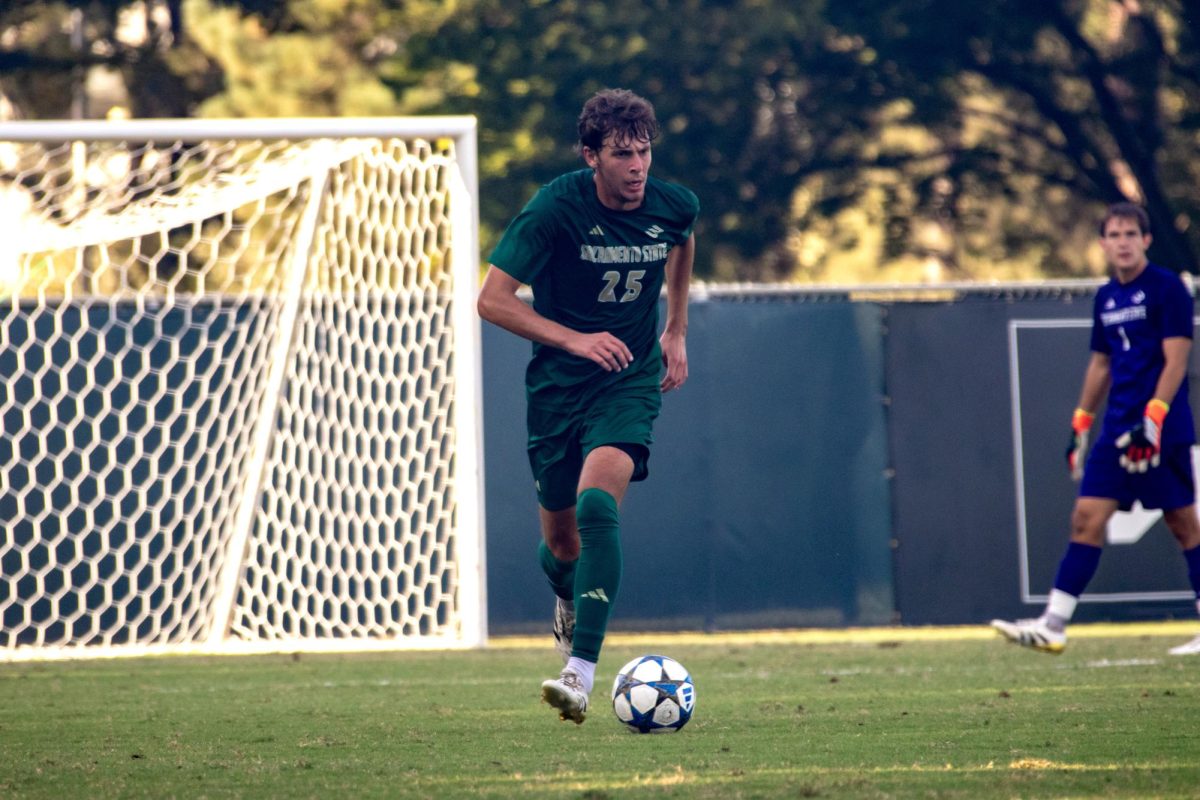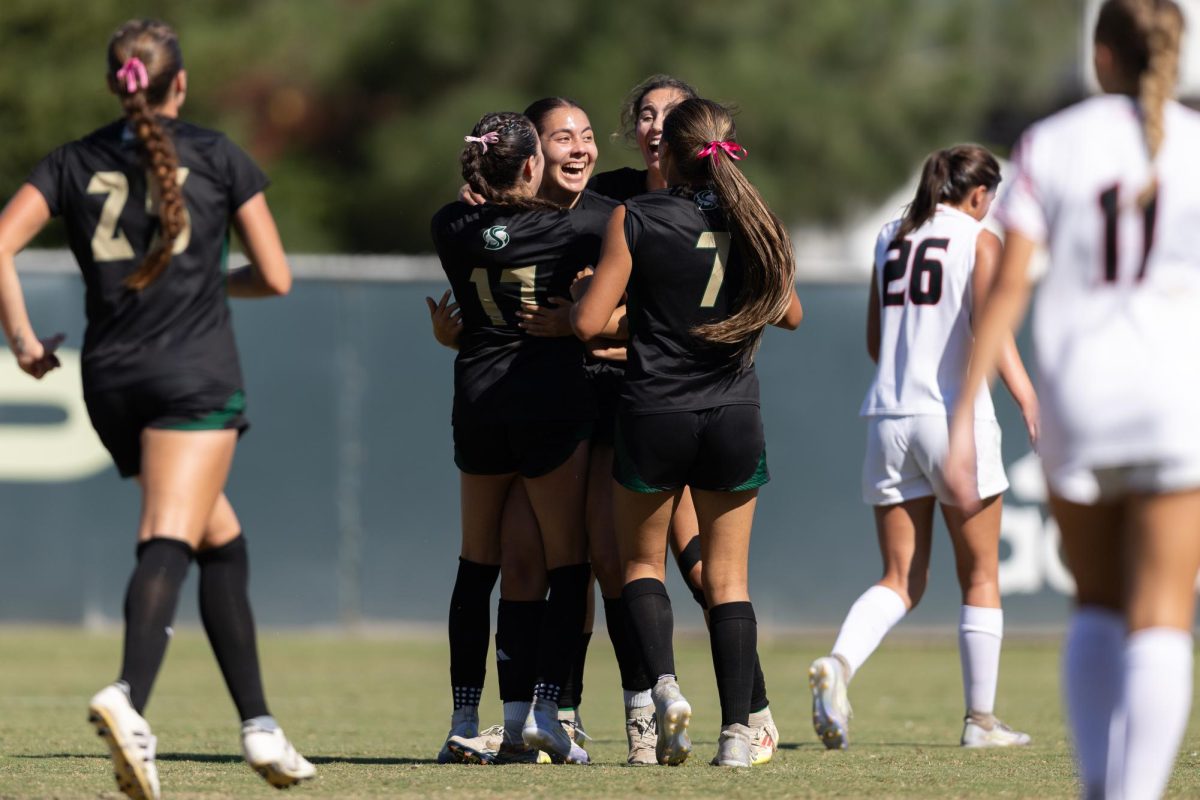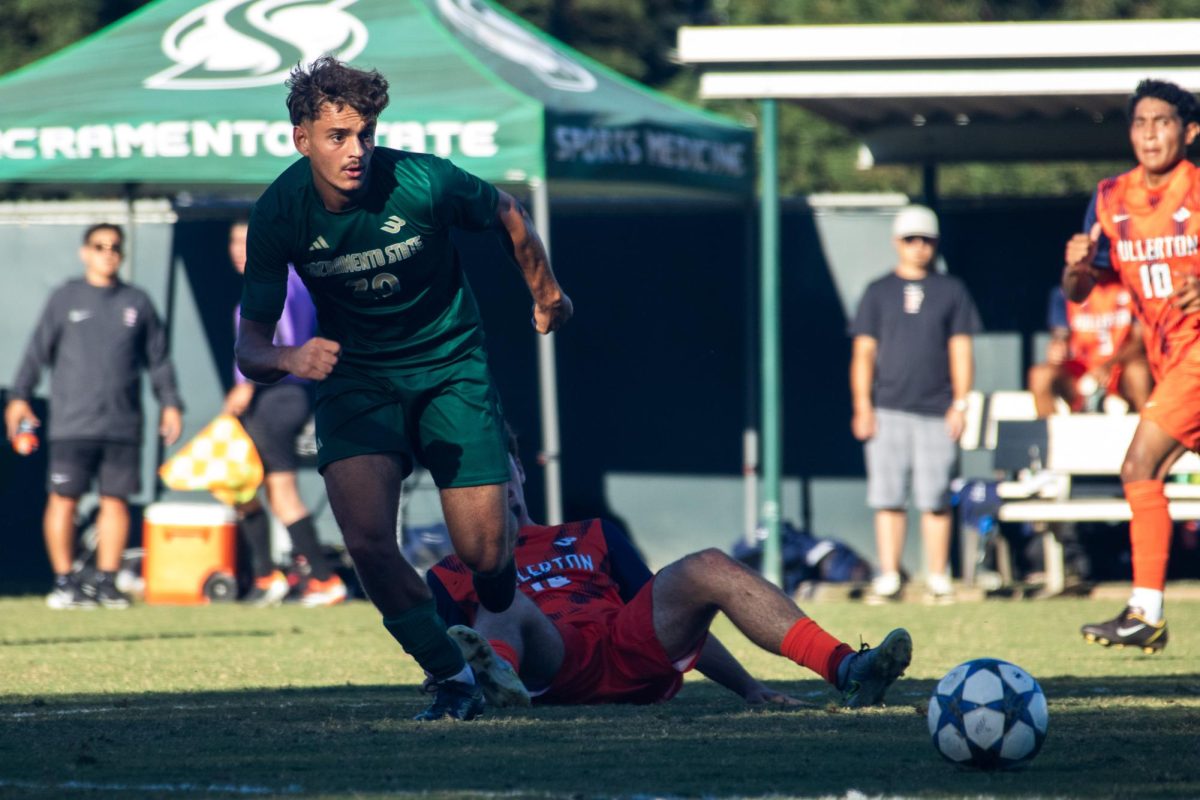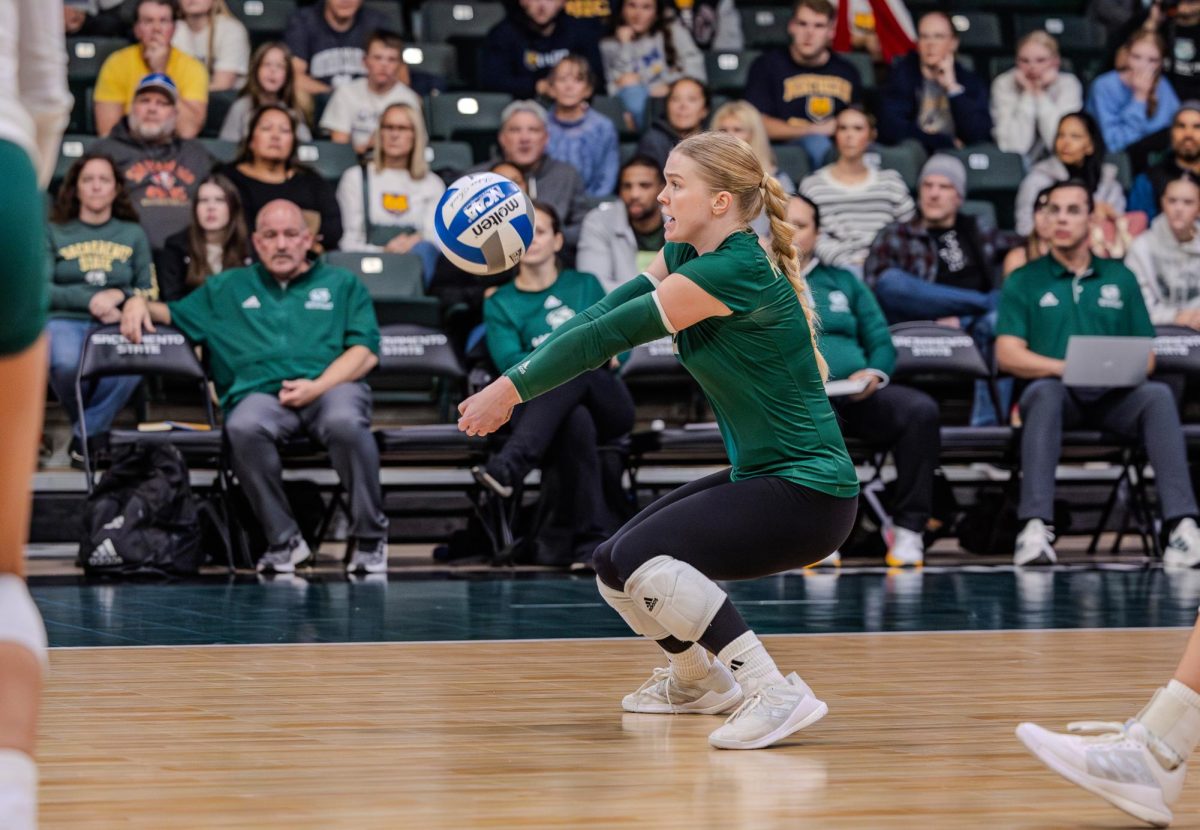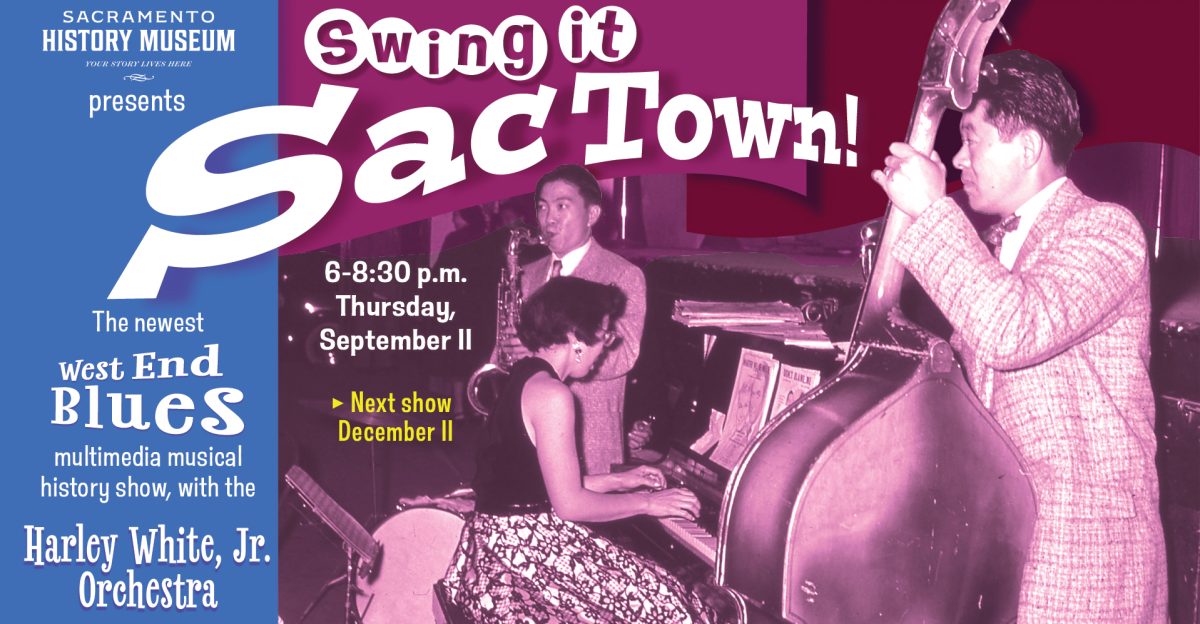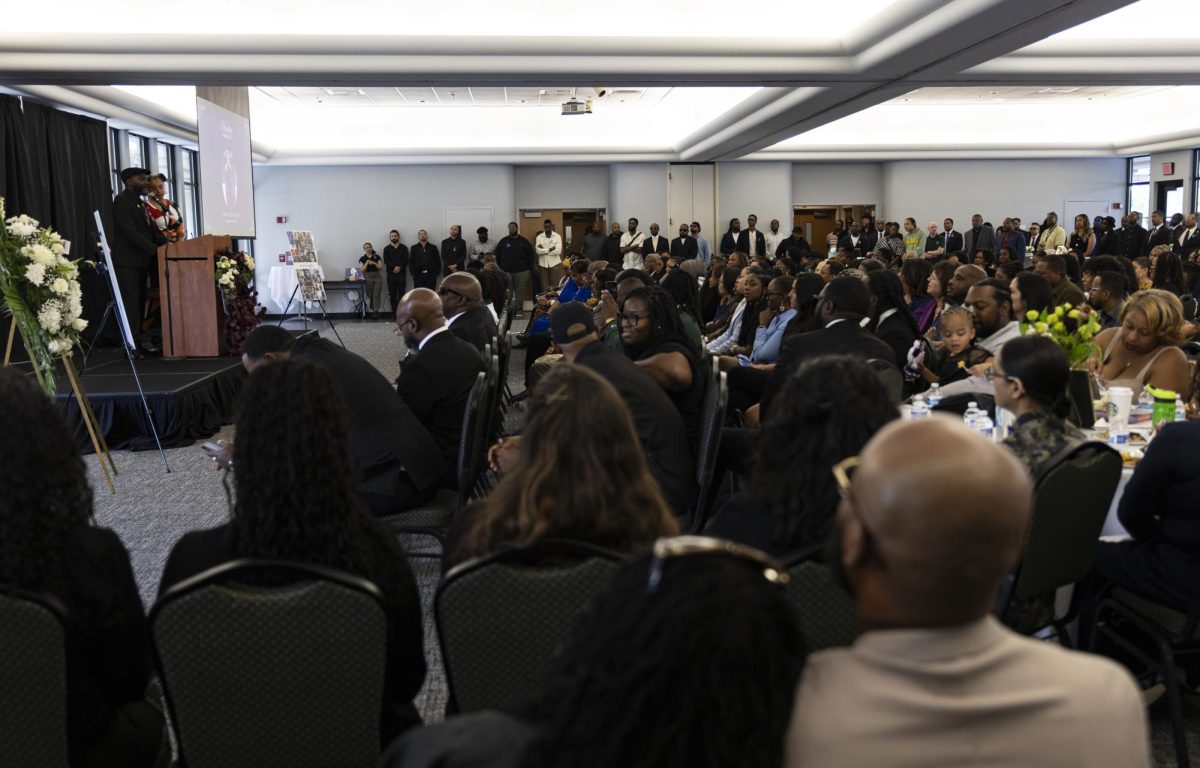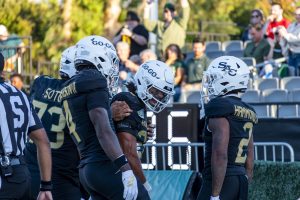CSUS stuck with SoCal crimes
October 20, 2004
Several crimes reported at a Southern California high school have increased Sacramento State’s crime statistics of aggravated assaults and sexual offenses on non-campus property, University Police Chief Ken Barnett said.
Sac State’s crime statistics, which were released Oct. 1 and show that five of the seven incidents of aggravated assaults and one of the 13 sexual offenses occurred at El Monte High School. Sac State holds a dropout prevention program at the school, a long-distance learning course that is in its fourth year.
The principal of El Monte High School, Doug Halvorsen, said there has never been a sexual assault on campus and the El Monte Police Department has never set foot on campus.
Many of the incidents reported at El Monte High School happened off-campus. Two sexual assaults were reported at the high school, but only one of those was eligible to be included in the statistics.
“One of the two sexual assaults that were reported involved a girl (who) was raped in eighth grade in 2002 and didn’t report it until 2003 when she started at El Monte,” Sgt. Bob Roach said.
One of the aggravated assaults involved an off-campus traffic collision and only three of the five assaults reported by Starr Henchey, crime analyst for the El Monte Police Department, could be explained by the police department.
“Henchey just sent whatever information she had to Sac State, and if the incidents were close to our campus, the school’s address was given as where it happened,” Halvorsen said.
Non-campus property is property the campus controls, owns, rents or uses in the educational process. Such property can include fraternity houses and off-campus learning programs, such as the one held at El Monte High School.
The aggravated assaults and sexual offenses, along with the rest of the statistics found in the report, came from the 2003 calendar year. In April, letters from the campus police department were sent out to campus officials and non-campus officials to report any offenses that could be included in the statistics from any property owned or controlled by Sac State.
“One portion of crime prevention is telling people what crimes are happening, and that is why this report is important,” Sgt. Kelly Clark said. The statistics cover an entire calendar year from Jan. 1 to Dec. 31. If there are updates of some offenses they will be mentioned in the footnote section of the report.
Sac State was audited by the State Board of Auditors last year and declared that Sac State was the most organized and did the best to make the information as accurate as possible.
Sac State’s crime statistics were released through the Clery Act. According to the Security on Campus Web site, the Clery Act is named after Jeanne Ann Clery who was raped and murdered in her residence hall room on April 5, 1986, of Lehigh University. Her parents became angry after students hadn’t been told about 38 other violent crimes on campus before their daughter was murdered. Legislation was then passed to require all universities in the country to report their crime statistics every year.


